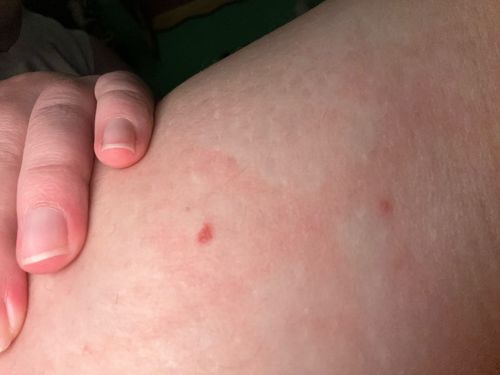Bed Bug
Scientific Name: Cimex lectularius
Order & Family: Hemiptera / Cimicidae
Size: Adults are typically 4-5 mm (0.16-0.20 inches) long, about the size of an apple seed. Nymphs are smaller and translucent.

Natural Habitat
Primarily indoor environments, often associated with beds (mattresses, box springs, bed frames) and other furniture where humans rest. They can also be found in cracks in walls, electrical outlets, luggage, and even vehicles.
Diet & Feeding
Exclusively feed on the blood of humans and other warm-blooded animals.
Behavior Patterns
Bed bugs are nocturnal and feed on blood during the night. They are attracted to warmth and carbon dioxide. They hide in cracks and crevices during the day, such as mattress seams, bed frames, furniture, or walls. Adult females lay 1-5 eggs per day, which hatch in 6-17 days. Nymphs mature in about 21 days, going through 5 instar stages, each requiring a blood meal.
Risks & Benefits
Risks: Bed bug bites can cause itchy welts, skin irritation, and allergic reactions in some individuals. Secondary skin infections can occur from scratching. While not known to transmit diseases, their presence can cause significant psychological distress, anxiety, and insomnia. Benefits: None for humans; they are a nuisance pest.
Identified on: 9/4/2025